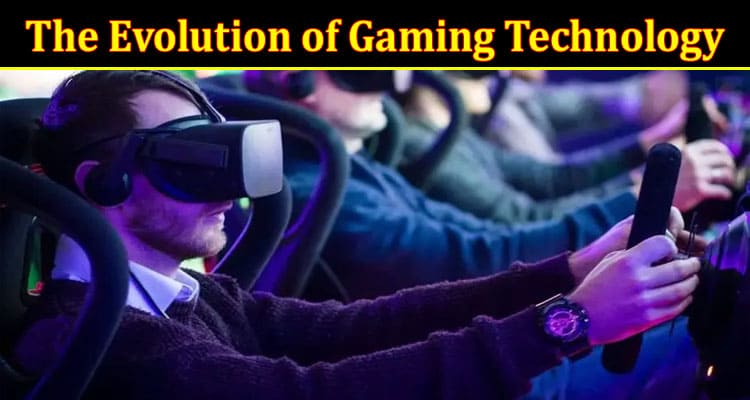The first interactive electronic game saw the light in 1947, and the first multiplayer game and console appeared in 1962. That’s right, Grandma and Grandpa probably discovered the addictive nature of gaming long before you did. They also helped turn the gaming industry into the behemoth $533 billion global industry expected in 2027.
Although humans started developing games about five minutes after they’d built the first computer, it seems that the gaming industry had a very leisurely development curve. Today’s open-world sandbox gaming bears very little relation to those first linear games that triggered the birth of the industry.
That’s because game development is linked to developing the hardware needed to play electronic games. An overview of the history shows a long, rather gentle upward time curve, but it also proves that some of the newest tech advancements may have an explosive effect on future developments.
The 1950s laid the groundwork for video gaming
Initially, computers were the province of academics because they were so horrendously expensive to build and run. However, in the 1940s, researchers started developing games for technology demonstrations at trade shows. They were also quick to spot gamification possibilities as a teaching aid, so Carnegie Mellon University used The Management Game simulation as early as 1958 to teach Business Management.
Still, it was only after computers became smaller and cheaper that the game development process started to accelerate. The first video game created simply for entertainment was 1958’s Tennis for Two, which inspired many later games like 1972’s breakthrough game Pong.
The nine ages of gaming console development
The market for commercial games was initially tiny due to the cost of computers. Video gaming only reached mainstream popularity in the 1970s and 1980s, after arcade video games, gaming consoles, and home computer games were introduced to the general public. There were nine main gaming console generations:
- The first commercial coin-operated arcade video games were SpaceWar, Computer Space, and Galaxy Game (1971).
- The Second generation of home consoles (1975 – 1983) added an extra game cartridge and allowed the game code to be read from the ROM.
- The Third generation (1983–2003) used 8-bit processors and had better graphics.
- The Fourth generation used 16-bit processes and further improved the graphics and audio.
- The Fifth generation (1993–2006) saw consoles become cheaper, and games could now be played on television sets. At the same time, home computers gained a foothold.
- The Sixth generation (1998–2013) added DVD data storage capacity. Console manufacturers started focusing on their content and improved their game libraries.
- The Seventh generation (2005–2017) got a massive start with the release of the Xbox 360. Game consoles had by now been interfaced with the internet to provide online services, digital storefronts for games, support multiplayer games, and added storage.
- The Eighth generation (2012–2022) was a refinement of media capabilities, higher frame rates, increased connectivity, standardized CPUs with x86 architecture, some portability between systems, and second-screen experiences via companion apps.
- The Ninth generation (2020–present) is marked by specialization to optimize the gaming experience. Removing optical disk drives and other peripherals has made consoles cheaper.
The slow development curve is a thing of the past
It took over 80 years to reach this point because we first had to develop the hardware to improve the software. The modern gaming industry is built on the world’s global tech infrastructure – a world that runs on super-powered computers, cloud storage, and fast internet. Any improvements to this standard infrastructure will affect gaming development.
- Super-fast networks such as 5G are spreading around the world to connect more people than ever.
- Gamers are generally early adopters. VR Gaming should increase as the hardware becomes more affordable.
- Game publishers are keen to incorporate blockchain and NFTs into their games. They are continuing experiments to make it an everyday part of gaming.
- Esports has shown explosive growth during the Covid-19 pandemic, with revenue forecast to grow to almost $200 billion in 2022-2025.
But AI integration in gaming is set to create a seismic shift in 2023 and beyond
The biggest change is the advent of AI, which will change gaming beyond our wildest expectations. Gaming publishers are already experimenting with integrating AI into their Non-Player Characters (NPCs). NPCs are slated to adapt to player behavioral patterns to make gameplay more personalized. Overall, we’ll see next-level character development, dynamic storylines, and extended game mechanics. AI is set to catapult the industry to a more realistic and dynamic experience level.

